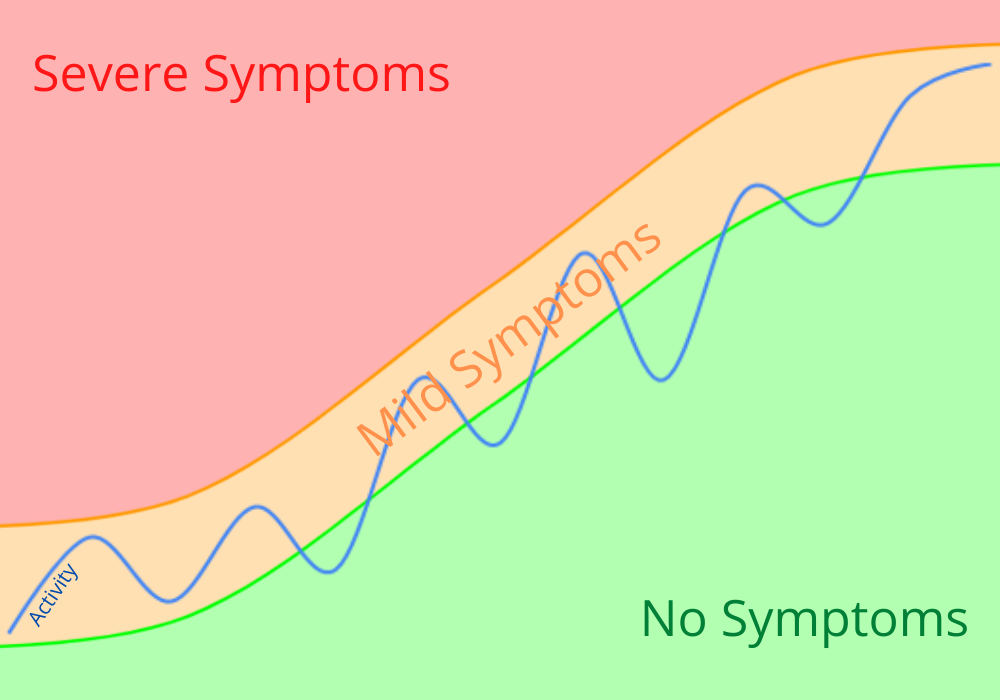Subscribe to The Adaptive Zone Podcast…
Questions this week from Warren…
Another friend of mine has started running again after 6 months off. He is struggling a bit with shin splints. How much running can he do to help him improve his fitness, without the risk of overdoing it and causing more serious damage? What advice would you have for him?
Warren
Would you like your running or triathlon questions featured in a future episode?
Just click the button to leave me a voicemail…
Shin Splints when Running
Shin splints are very common in new runners and people returning to running after some time off. It’s undetermined whether the pain is coming from the attachment of the soleus and tibialis posterior muscles to the tibia (shin bone) or from the periosteum (outer layer) of the tibia itself.
Here is me blabbering on about the pathology of shin splints in my kitchen a couple of years ago. Before I had any idea about good audio recording…
Seriously though, who’s going to listen to that guy? He doesn’t even have a beard.

Diagnosis of Shin Splints
Another term often used to refer to shin splints is Medial Tibial Stress Syndrome (MTSS). Shin splints / MTSS will be worse with running and get better with rest. If the pain is getting worse and worse in the shin, it may be compartment syndrome. This is a medical emergency and you should go straight to the hospital.
When you have shin splints the medial (inside) border of the tibia will be tender on palpation (TOP) for the lower third of the tibia. The area of tenderness will usually be about 5cm in length. If the tender area is more focused around one particular spot, it may be a tibial stress fracture. These injuries are managed in much the same way as shin splints / MTSS, but we expect the recovery to take longer.
Recommended Reading
Shin Splints
Keep Running
If you want to recover from shin splints AND keep running, I’d recommend following these rules:
- Pain no more than 4/10 (green light)
- Pain no worse the following morning
- Avoid running 2 days in a row
- No snowballing (pain is worse each run)
These are all strategies to help us find The Adaptive Zone.

Recommended Reading
How to Use Running to Treat Overuse Injuries
Rehabilitation
There is not much evidence to guide a specific rehabilitation program for a runner with shin splints. However, since we have a reasonable understanding of the pathology, we can extrapolate a clinically reasonable treatment plan.
One of the first interventions we can experiment with is running technique modification. We want to reduce the stress experienced by the tibia and the associated muscles on each step. To do this we can try increasing cadence, reducing impact, altering foot strike, and reducing vertical oscillation.
Below is a real-world example of using running technique modification in the treatment of shin pain.
Recommended Reading
Running Technique Changes for Shin Splints
We can also strengthen up the muscles of the lower leg, particularly the calf. This will help us tolerate the stress running is placing on the shin. I demo some calf strengthening exercises and their progressions in this post on Achilles Tendinopathy…
Cool stuff mentioned in the Episode
Marinus Winters @MarinusWinters
The diagnosis and management of medial tibial stress syndrome
Stuart Warden @StuartJWarden
Management and Prevention of Bone Stress Injuries in Long-Distance Runners
Adam Meakins @AdamMeakins